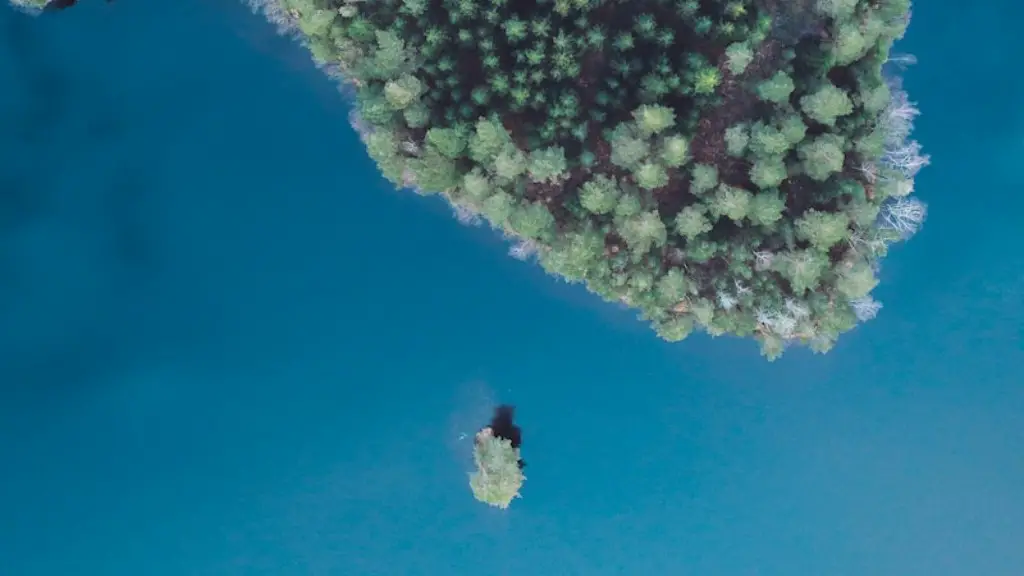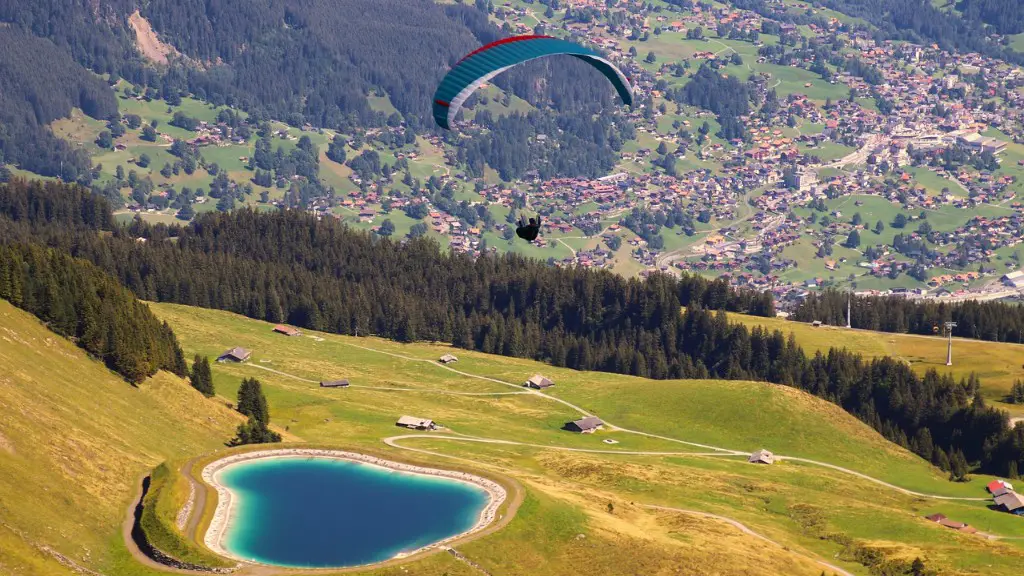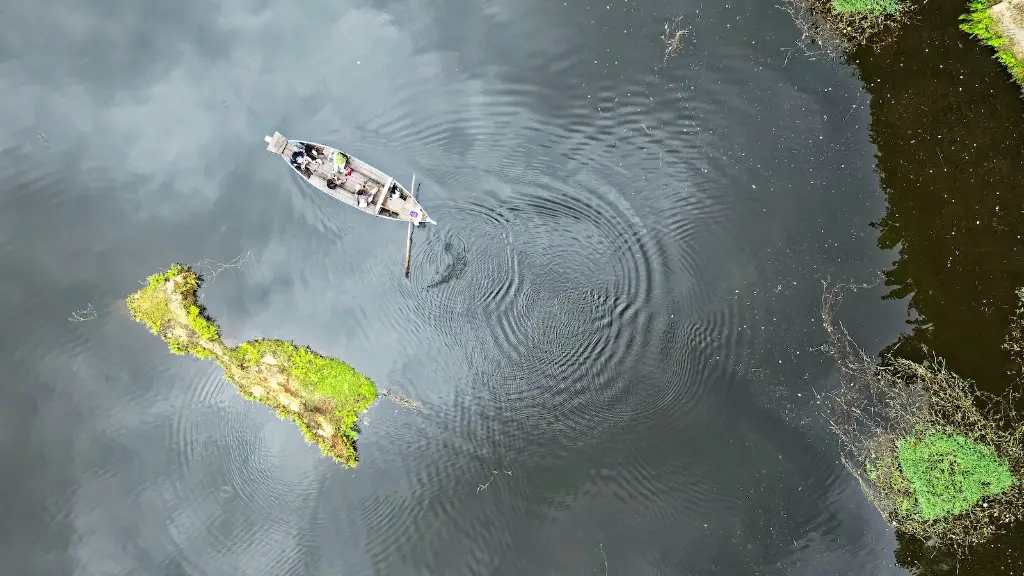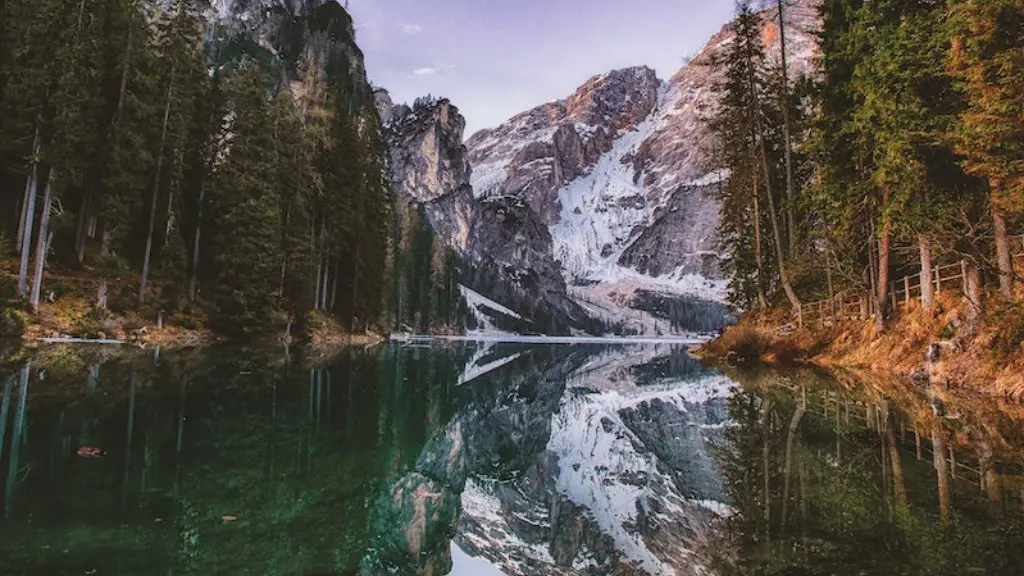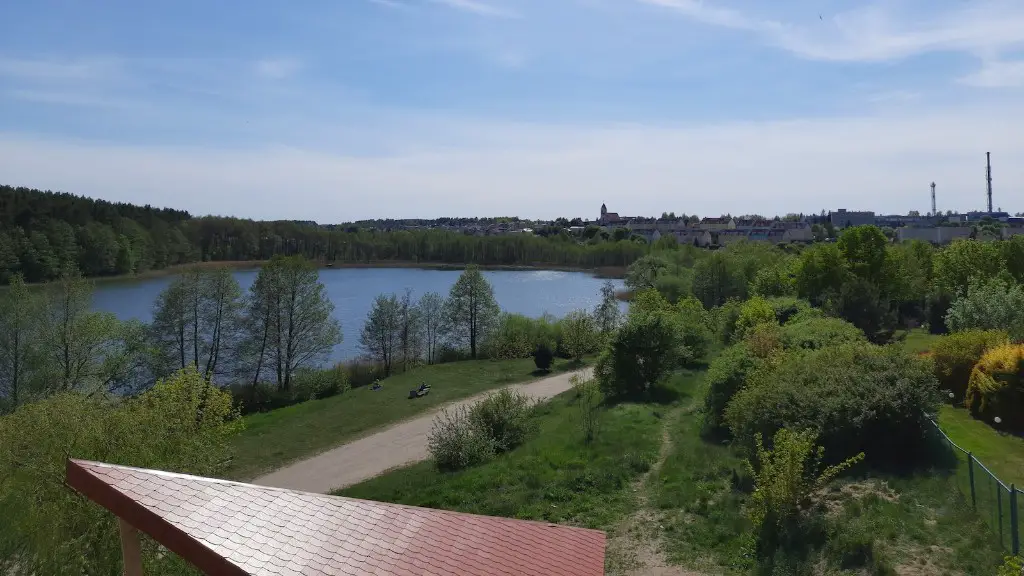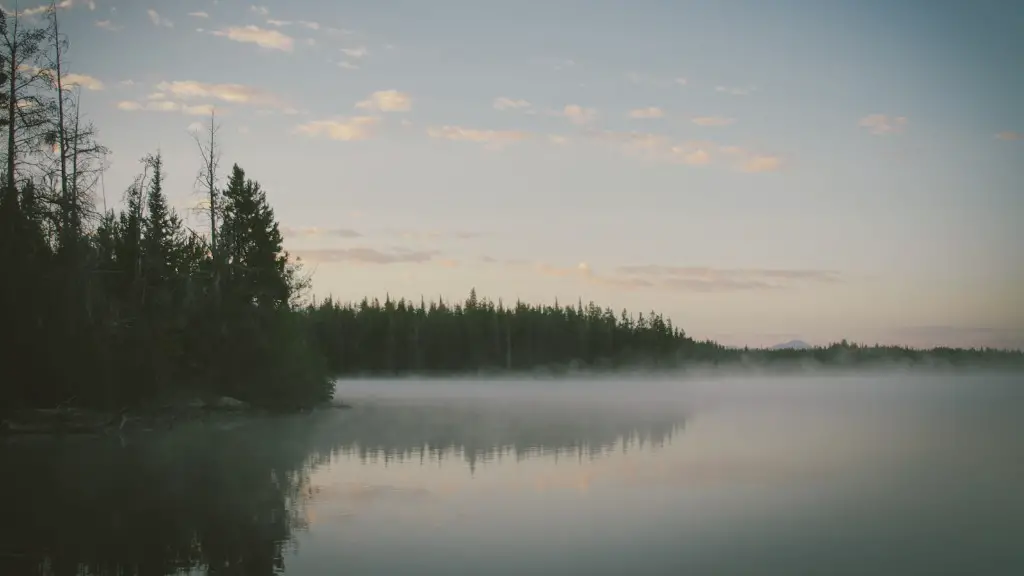There are many crater lakes around the world, each with a unique story. Crater Lake in Oregon was formed about 7,700 years ago when the volatile mountain called Mount Mazama erupted. The cataclysmic eruption is thought to have been 42 times larger than the 1980 eruption of Mount St. Helens. Molten rock, ash, and pumice blanketed the region, and the ensuing collapse of the magma chamber created a massive depression that gradually filled with water.
The explosion that created Crater Lake was most likely a volcanic eruption.
What kind of eruption was Crater Lake?
A cataclysmic eruption is a large-scale volcanic eruption that has the potential to cause widespread destruction and devastation. These types of eruptions are rare, but when they do occur, they can have a profound impact on the environment, human populations, and infrastructure. Some of the most famous cataclysmic eruptions in history include the eruption of Mount Vesuvius in 79 AD, which destroyed the city of Pompeii, and the eruption of Mount St. Helens in 1980, which killed 57 people and caused billions of dollars in damage.
The Makalak people considered Mount Mazama to be a sacred site and it was an important symbol to them. The eruption and collapse of the volcano formed Crater Lake, which is now a popular tourist destination.
Is Crater Lake explosive
The last known eruption at Crater Lake occurred 4,800 years ago. Since then, the volcano has remained quiet, allowing 100 feet of sediment to accumulate on the lake bottom.
A caldera is formed when the magma chamber beneath a volcano is emptied during a large, explosive eruption. The roof of the chamber can collapse, forming a depression or bowl with very steep walls. Calderas can be tens of miles across.
Is Crater Lake a cinder volcano?
Cinder cones are formed when magma or lava is ejected from a volcano and forms a cone of cinders. The cone is usually small, with a steep, symmetrical slope. Wizard Island in Crater Lake is a cinder cone. Wizard Island’s crater is less than 500 feet (150 m) wide and is about 70 feet (20 m) deep. Crater Lake National Park, Oregon.
Crater Lake is a beautiful lake that was formed by the collapse of a volcano. The volcano, known as Mount Mazama, erupted violently about 7,700 years ago, causing the caldera, or basin, to form. Crater Lake is the deepest lake in the United States and is one of the most popular tourist destinations in Oregon. The lake is known for its clear blue water and stunning scenery.
What was the main cause of the depression or crater at Crater Lake?
At 1,949 meters, Crater Lake is the deepest lake in the United States and the seventh deepest in the world. Its blue water is exceptionally clear and deep, measuring 133.6 meters at its deepest point. The lake is surrounded by steep cliffs that plunge directly into its waters, giving it an pristine and wild appearance.”
Crater Lake is a stunning example of the power of nature. Its deep blue waters are a stark contrast to the surrounding cliffs, and it is one of the deepest lakes in the world. Its formation is a testimony to the destructive force of volcanic eruptions, but also to the beauty that can be created in the aftermath.
The largest explosive eruption in the Cascades occurred 7,700 years ago at Mount Mazama. This was also one of the largest eruptions on Earth in the past 12,000 years. The eruption produced a caldera, which is now home to Crater Lake.
How did Crater Lake get filled with water
The water of Crater Lake is derived from rainfall and snowfall. The lake has no inlet and no outlet, except by seepage. Evaporation, seepage, and precipitation are in a state of balance which maintain an approximately constant water level.
Crater Lake is a caldera lake located in the southwestern United States, within the crater of a former volcano known as Mount Mazama. The lake is renowned for its deep blue color and water clarity. The last known eruption at Crater Lake occurred when a small lava dome erupted underwater on the east flank of the base of Wizard Island about 4,800 years ago. Since that time, the volcano has remained quiet, allowing as much as 30 m (100 ft) of sediment to accumulate on the lake bottom.
Could Crater Lake erupt again?
The long history of volcanism at Mount Mazama, the volcano that houses Crater Lake, suggests that this volcanic center will be active in the future. Future eruptions will likely occur within the caldera and probably beneath the water’s surface. These eruptions could potentially be hazardous to any nearby populations.
The Crater Lake Monster is a giant plesiosaur that appears in Crater Lake in Northern California. The movie revolves around the monster and the people who try to capture it. The budget for the movie was $100,000 and it made $3,000,000 at the box office.
What are the two most explosive eruption types
Vulcanian eruptions are some of the most violent and explosive volcanic eruptions. They are named after the island of Vulcano off the coast of Italy, which is the same island that gave us the name “volcano.” Vulcanian eruptions are characterized by high dark clouds of steam, ash, and gas.
A Pelean eruption is a type of volcanic eruption that is associated with explosive outbursts that generate pyroclastic flows. These flows are dense mixtures of hot volcanic fragments and gas, and can be very destructive. Pelean eruptions are named for the eruption of Mount Pelée on the Caribbean island of Martinique in 1902, which was a particularly devastating event.
What are the two types of volcanic explosions?
Volcanic eruptions can be classified as either explosive or effusive. Explosive eruptions are characterized by the release of gas and ash high into the atmosphere, while effusive eruptions involve the formation of lava flows. The type of eruption that occurs largely depends upon the amount of gas in the magma. Magma with a high gas content is more likely to result in an explosive eruption, while magma with a low gas content is more likely to produce an effusive eruption.
Cinder cones are the most common type of volcano and are found all over the world. They are formed by pyroclastic fragments, which are pieces of volcanic ash, solidified lava, volcanic clinkers and pumice. Hot gases escape from the vent of the volcano and cool as they come into contact with the air. This forms a cone of cinders around the vent.
Conclusion
A volcanic eruption most likely created Crater Lake.
The explosion that created Crater Lake was most likely a volcanic eruption.
